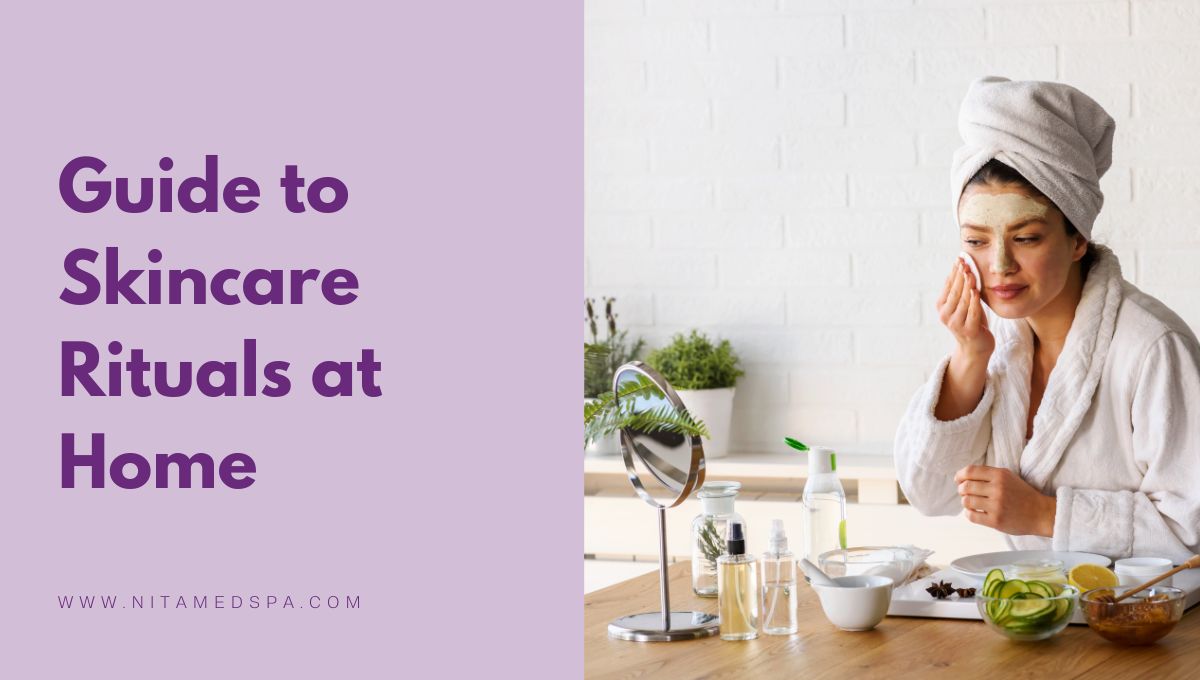Microneedling or micro-needling is a process that involves using needles to puncture hundreds of tiny holes in the skin. It may seem like the newest trend in beauty skincare, but it’s actually been around and evolving for over 50 years!
Fanatics of the microneedle guarantee it treats everything from wrinkles, hyperpigmentation and dull skin to issues, for example, stretch marks, scars, and cellulite – in spite of the fact that outcomes are as yet questionable on that last one, so don’t get your expectations up.
However, in a 2009 study, 37 patients underwent microneedling procedures to treat atrophic facial scars (those sunken scars that result from acne, chicken pox, etc.). After several professional treatments, over 80% of the patients saw a reduction in scarring and rated their treatment as “excellent”.
Today, we’re going to explore microneedling and dermarolling to find out exactly what is involved in the processes and what they promise to do for skin.
Let’s get to the point!
Microneedling and Dermarolling:
What could possibly be the benefits of microneedling?
Microneedling, also called Collagen Induction Therapy (CIT), involves using a tool called a dermapen with tiny needles at the end that make little holes or needle pricks in the top layers of skin.
Microneedling:
Another strategy for microneedling utilizes a dermaroller which resembles a smaller than expected paint roller with heaps of minor needles that is delicately come in various ways over the surface of the skin to accomplish a similar impact.
Dermaroller:
The purpose of this procedure is twofold:
- The little holes from the needles create “micro channels” that allow skincare products, such as potent serums, to penetrate and absorb into the deeper layers of skin to deliver more powerful results.
- These modest pinpricks go about as a group of miniaturized wounds which kick skin into mending mode and animate collagen and elastin creation. This procedure plumps skin and enhances the presence of scarcely discernible differences, wrinkles, scars, pores and fine lines.
Kim Kardashian even received a specific form of a micro needling facial dubbed “the vampire facial,” on TV for her show. Both Kim K and model/actress, Bar Refaeli, tried the controversial version of micro needling and posted post-plasma-needling result pics to their Instagrams.
Don’t worry, the regular method of microneedling and dermarolling doesn’t involve blood injections and yields less . . . “vampiry” results.
How does the procedure go down?
First, a practitioner applies a numbing cream to the patient’s skin.
Next, the practitioner will either gently roll a dermaroller over the surface of the skin in a few different directions or use a dermapen to work around areas of the face to puncture small aperture in the skin’s surface.
The whole process takes around 20-30 minutes and, while it involves needles in your face (a thought that would normally elicit a full body shudder), the process is apparently pretty painless.
You can expect some redness for up to a couple days afterward as a result of all the skin stimulation, but it subsides quickly as the healing begins and the results of more glowing, supple skin start to show.
To get truly effective results, you’ll need more than one treatment to continually build collagen and elastin.
Are there any risks to microneedling or dermarolling?
The biggest no-no is using the microneedle on active acne because you run the risk of infection. Keep away from flawed territories amid microneedling or hold up until the point when pimples are gone before experiencing the procedure.
Skin Reaction:
Experts agree that you should not get the procedure done on skin that is inflamed, irritated, if you have rosacea, or are currently experiencing eczema.
Since microneedling can make your skin assimilate skincare items all the more profoundly, there’s a possibility it could respond to fixings diversely and wind up irritated. You also want to be careful about using products not formulated for use with microneedling.
It’s a good idea to do a patch test of any post-microneedling products by applying to a small area and waiting 24 hours to make sure there’s no reaction before using it on larger areas. For sure if you have sensitive skin!
In Office vs. At Home Microneedling options:
When microneedling is performed at a skin day spa, the needles they utilize are marginally (more than 1 mm) and, along these lines, can enter to further layers of skin to treat more intricate conditions, for example, stretch marks or scarring.
The version you can use at home includes needles that are smaller than 1mm, so they don’t penetrate skin very deeply. They’re intended more for stimulating skin to reduce wrinkles, get your complexion all glowy, and allow products to possibly penetrate deeper.













